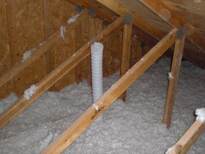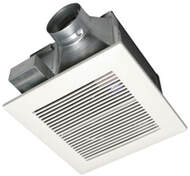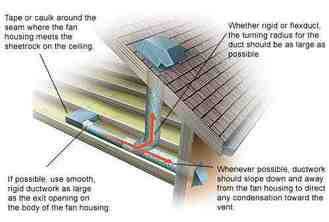- HOME
- QUALIFICATIONS
-
SERVICES
- General Home Inspection - Buyer
- Pre-Listing Home Inspection - Seller
- Radon Gas Testing
- Walk and Talk Consultation - Pre-Offer
- Swimming Pool Inspection
- New Construction Inspections
- Termite/ WDI Inspection
- Well Yield Testing
- Sewer Scope Inspection
- Camera Septic Evaluation
- Water Quality Testing
- Thermal Infrared Scan
- Baltimore County Rental Inspection - Licensed Rental Inspector
- Baltimore City Rental Inspections
- SERVICE AREA
- CONTACT US
- SAMPLE REPORT
- KNOWLEDGE BASE
- FAQs
- HOME
- QUALIFICATIONS
-
SERVICES
- General Home Inspection - Buyer
- Pre-Listing Home Inspection - Seller
- Radon Gas Testing
- Walk and Talk Consultation - Pre-Offer
- Swimming Pool Inspection
- New Construction Inspections
- Termite/ WDI Inspection
- Well Yield Testing
- Sewer Scope Inspection
- Camera Septic Evaluation
- Water Quality Testing
- Thermal Infrared Scan
- Baltimore County Rental Inspection - Licensed Rental Inspector
- Baltimore City Rental Inspections
- SERVICE AREA
- CONTACT US
- SAMPLE REPORT
- KNOWLEDGE BASE
- FAQs
 Why You Need a Bathroom Fan Bathroom exhaust fans improve air quality and comfort, and help protect your home from mold and moisture damage. The moist air produced from a bath or shower can accumulate on your bathroom surfaces. Without a proper ventilation system, you allow for rot and peeling paint and are providing an environment conducive to mold and mildew growth. A properly installed bathroom fan provides ventilation, drawing humid air and odors out of the home. Choosing Your Bathroom Fan You need to consider the size of your room to determine the cubic feet per minute (CFM) rating of the fan. The CFM rating measures the volume of air the fan moves. If you purchase a fan that is too small, it will not be effective in removing moisture from the air. For bathrooms up to 100 square feet in size, you need an exhaust fan that provide a minimum of 1 cubic foot per minute (CFM) per square foot of floor space. Industry experts recommend 60 to 80 CFM for small bathrooms and 200 to 300 CFM for larger bathrooms. When shopping for a bathroom fan, look for ENERGY STAR® ventilation options that help you design beyond code. Ceiling-mount bathroom connect to an exhaust duct that runs through the attic or between floors. Ceiling-mount fans are the most common. Wall-mount bathroom fans are designed for rooms where venting through the ceiling is not feasible. These fans typically vent directly through the wall to the exterior with little or no ductwork. Some fans will work in either a ceiling-mount or wall-mount installation. Venting Into The Attic You never want to vent your exhaust fan into the attic. Fans should exhaust directly to the exterior of the home. Take the time to ensure the bathroom exhaust vent is installed properly. This can be achieved by following building codes, providing the exhaust fan a path to the exterior through roof or exterior vent hood. Model ventilation, building, and mechanical codes require that vent fans exhaust tot he building exterior. Your attic is not a temperature-controlled environment, is never the same temperature as the living space, and is generally closer to the temperature outside. In colder weather, the warmer, moisture-laden, vented air will mix with the cooler attic air causing condensation to form. In the attic, excess moisture and heat can create the perfect condition for mold to grow. It can also cause wood rot that can destroy the structure of the home. For an example of roof vent installation, view the video below. How to Vent a Bath Fan Through the Roof | This Old House - YouTube Leave a Reply. |
AuthorJohn G. Stavlas has been performing home inspections for over 5 years. ArchivesCategories |



 RSS Feed
RSS Feed
9/30/2022
0 Comments